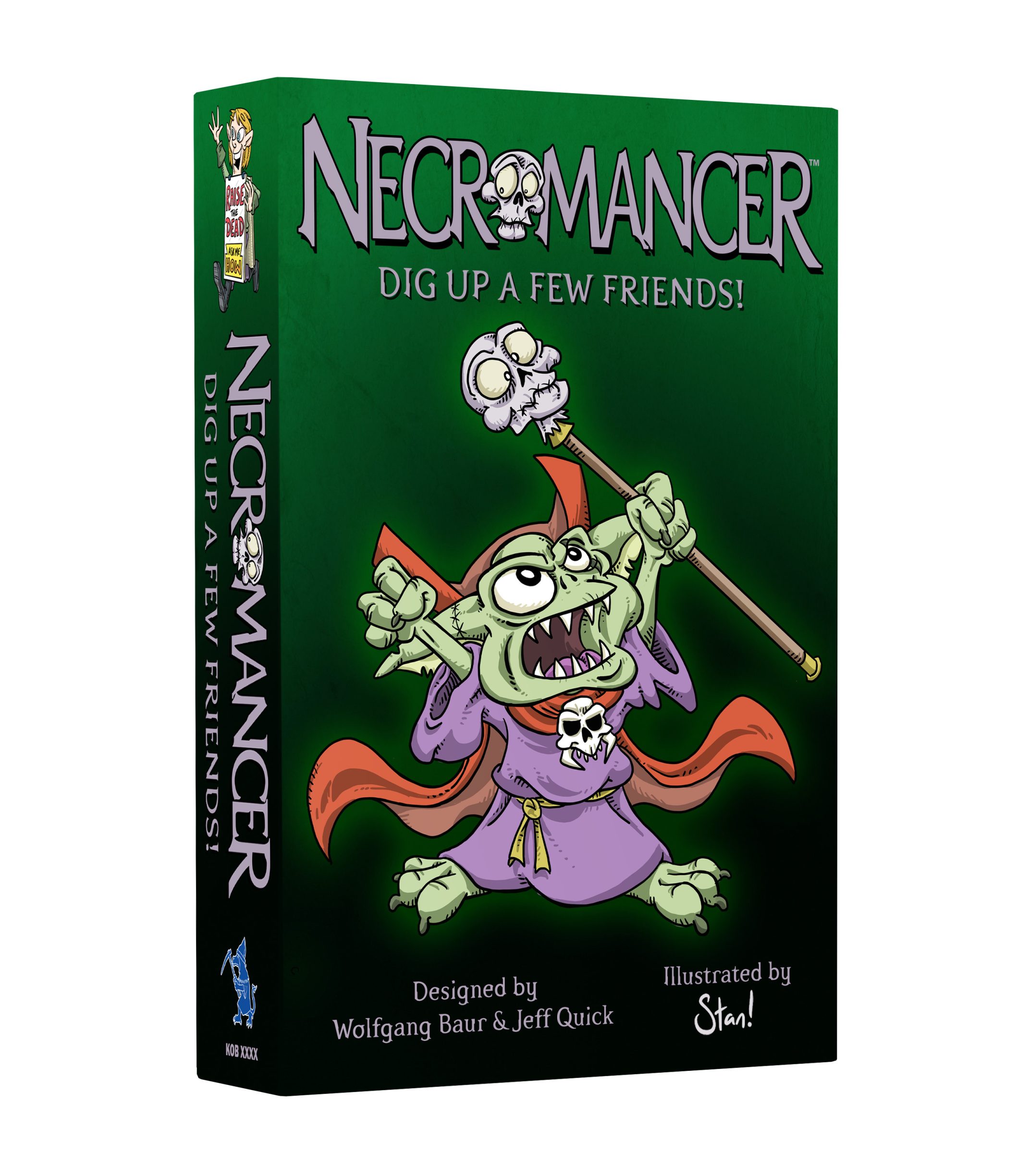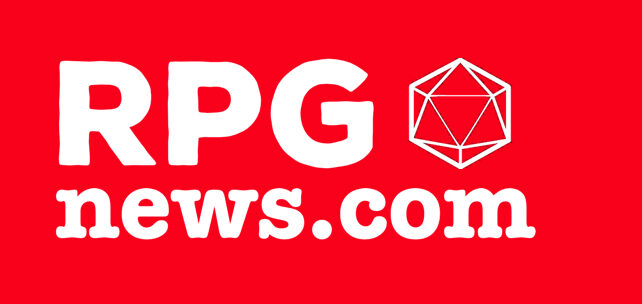Kobold Press CEO and Kobold-in-Chief, Wolfgang Baur, is here to give you some insight on the state of the industry!

The Tales of the Valiant RPG has continued to grow and attract new designers in the year since it first shipped. There are more than 140 Black Flag RPG titles available on DriveThruRPG—but some publishers have hesitated to take advantage of the ORC license to use the Black Flag Roleplaying rules and create additional materials.
At first glance, this makes little sense: the ORC is an open license created especially to generate a bigger open gaming community. Why would anyone balk at using it?
Welcome to the free-rider issue in open gaming.
How Can an Open License Be Closed?
A few reasons are given for avoiding the ORC license, but one has come up repeatedly in my discussions with other publishers. The issue is that the ORC is upfront about requiring publishers who use the license to also contribute to open gaming.
That seems easy, but many publishers would prefer to use the benefits of open gaming without contributing to it (Kobold Press has done so occasionally but rarely).
This seems like a contradiction, so let’s examine how the ORC works. How does it require contributions?
The text of the license is dense, but the FAQ is very clear. As part of the terms of the license, any rules material in the new publication become available to the community (while IP is protected). If you publish a monster book, the ORC insists that the stats and rules part of the monster are open. (It also insists that the lore, narrative, story, and art elements are protected and closed).
Keeping rules content closed is not at all the Kobold Press philosophy, and that’s clear from the Black Flag Reference Document and many others. To some degree, I think closing off rules content is quite foolish. You’ll see the vast majority of Kobold Press monster books, spells, etc are available under the OGL or ORC licenses. This means those materials are used in lots of interesting ways, by other publishers, by fans, and even by stores or event coordinators.
I believe the whole industry thrives when companies and individuals add to the material available for open gaming, so Kobold Press follows that path. I think it’s the right move, but I also think it should not be required!
What’s the Hangup, Then?
So what’s wrong with open rules? Nothing really, except that some game designers believe that the mechanics of a roleplaying game are the most important element of a game, and that those game rules are protected by copyright law.
This stems from a common misconception, and to the best of my knowledge it simply isn’t true. US law doesn’t allow anyone to copyright game mechanics. But there are wrinkles, such as that a particular expression of the rules can be copyrighted, sort of, maybe. This is where things get muddy and IP attorneys earn their salt.
I frankly disagree that protecting game mechanics is in the best interest of the open gaming community as a whole, and the use of the ORC showed that understanding on my part. I think that the Midgard setting, or the mind flayer, or upcoming adventures in the Northlands project for D&D 2024 are more valuable for a publisher looking to build a deep library of great games than a particular set of mechanics. As proof, Midgard materials have been published for Pathfinder RPG, for 4th and 5th Edition Dungeons & Dragons, and for the Tales of the Valiant® RPG. A setting has more longevity than any particular set of rules.
However . . . It’s frankly easier to make Black Flag Reference Document (BFRD) available under a Creative Commons license than it is to convince publishers that rules and sourcebooks built on open systems should also be open. That’s a longer, more philosophical discussion.
Because it is easy to remedy, earlier this month Kobold Press put the Black Flag Reference Document into the Creative Commons. Easy peasy, and now with additional content from the Game Master’s Guide (in convenient pocket edition).
And it worked! In the last week, two additional publishers expressed an interest to create either Black Flag RPG versions of their material, or even declare it as compatible with the Tales of the Valiant RPG. They can create any rules material they like building off the BFRD, and not make their rules or game elements open content. It’s a good place to be if you feel rules are the element that needs to be kept closed.
TOV Compatibility
One last wrinkle in all this: While Black Flag rules are the engine under the Tales of the Valiant RPG, the trademark for ToV is protected and the name and logo are not available in the Creative Commons.
But there is a way to publish using BFRD rules and declare TOV compatibility with a version of the TOV logo. This requires signing a compatibility license and using a particular logo to show that.
Why the extra step? Basically, the TOV Compatibility License is about protecting the trademark from inappropriate use with content that is not aligned with Tales of the Valiant standards and practices. Yup, it’s an old-fashioned morals clause to prevent the TOV logo from appearing on sex-and-drug-and-child-murder how-tos, for example. If your adventures are about heroes and high fantasy, it’s the easiest license in the world to adhere to. If you want to write a game adventure or supplement about adult themes or go for shock value, then the TOV logo is not for you.
As always when discussing licenses, rights, and legal matters: this is an overview, and I’m not a lawyer. If you want professional legal advice, I urge you to consult a specialist.
In the meantime, the content is open and available for you. Let the Kobolds know when you publish a Black Flag powered game, and we’ll shout it to the world.
Gen Con 2025 Starts Today! Booth #1649!
Kobold Press is summoning you to Booth #1649 all Gen Con weekend!
Play Necromancer Card Game demos where the undead rise and the laughter never dies.

Raise the dead or just raise your game with this strategy card game!
 Find us in the Exhibitor Hall, Booth #1649
Find us in the Exhibitor Hall, Booth #1649 Demos run daily!
Demos run daily! Come say hi and play a hand (or two… or three…)
Come say hi and play a hand (or two… or three…)
Read more at this site
